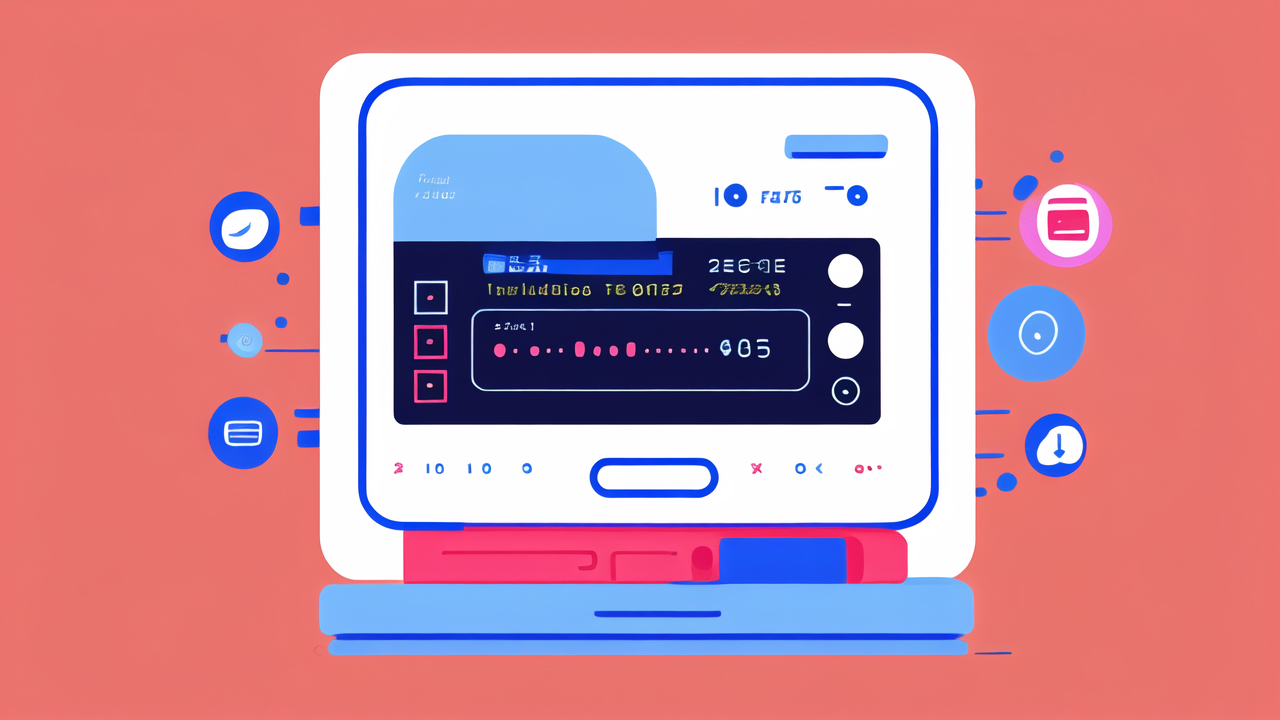The Evolution of Wearable Tech: A Historical Perspective
The Genesis of Intelligent Clothing
Intelligent clothing has come a long way since its inception. The concept began with simple ideas like light-up shirts in the 1980s. These early attempts were more novelty than function. As technology advanced, so did the possibilities for smart clothing.

The first true smart garments appeared in the late 1990s. They featured basic sensors and could perform simple tasks. These early versions were bulky and impractical for everyday use. However, they laid the groundwork for future innovations.
The real breakthrough came with the miniaturization of electronics. This allowed for more seamless integration of tech into fabric. Today's intelligent clothing is far more sophisticated and user-friendly than its predecessors.
Milestones in Wearable Technology Development
The journey of wearable tech has been marked by several key milestones. The introduction of the first Fitbit in 2009 was a game-changer. It brought fitness tracking to the masses and sparked a revolution in personal health monitoring.
2012 saw the launch of Google Glass, which, despite its short life, opened up new possibilities. It showed how wearable tech could augment our daily experiences.
The Apple Watch, released in 2015, took wearables mainstream. It combined fitness tracking, communication, and style in one device. This set a new standard for what wearable tech could be.
- 2009: First Fitbit released
- 2012: Google Glass introduced
- 2015: Apple Watch launched
The Influence of Watches on Personal Computing
Smartwatches have played a crucial role in the evolution of wearable tech. They've shown how a familiar form factor can house powerful computing capabilities. The watch form has several advantages. It's small, always with the user, and easy to access.
Watches have pushed the boundaries of what's possible in a tiny device. They've driven advancements in battery life, display technology, and sensor miniaturization. These innovations have benefited the entire wearable tech industry.
Moreover, smartwatches have changed how we interact with technology. They've normalized the idea of having a computer on our wrist. This has paved the way for acceptance of other forms of wearable tech.
Analyzing the Current Landscape of Intelligent Clothing in the US
Market Leaders and Innovative Startups
The US intelligent clothing market is a mix of established tech giants and innovative startups. Companies like Google and Apple are investing heavily in this space. They're leveraging their expertise in software and hardware to create cutting-edge wearables.

Startups are also making waves with fresh ideas and niche products. Athos, for example, makes smart workout clothes that track muscle activity. Nadi X produces yoga pants that vibrate to guide users into correct poses.
- Established players: Google, Apple, Samsung
- Innovative startups: Athos, Nadi X, Sensoria
These companies are pushing the boundaries of what's possible in intelligent clothing. They're creating products that seamlessly blend technology with everyday wear.
Consumer Adoption and Wearable Tech Demographics
The adoption of wearable tech in the US has been steadily increasing. According to recent studies, about one in five Americans now owns a wearable device. The majority of these are fitness trackers and smartwatches.
Demographics play a significant role in wearable tech adoption. Younger generations, particularly millennials and Gen Z, are more likely to embrace these devices. They see wearables as an extension of their smartphone ecosystem.
Health-conscious individuals across all age groups are also driving adoption. They value the ability to track fitness metrics and monitor health indicators in real-time.
Regulatory Challenges for Wearable Devices
As wearable tech becomes more sophisticated, it faces increasing regulatory scrutiny. Privacy is a major concern. Many wearables collect sensitive health data, raising questions about data security and use.
The FDA has started to take notice of health-related wearables. They're working on guidelines for devices that make medical claims. This could impact how companies market and develop their products.
There are also safety concerns, particularly around battery technology. Regulators are looking at ways to ensure wearables are safe for long-term use against the skin.
The Future of Intelligent Clothing: Trends and Predictions
The Role of AI and Machine Learning
AI and machine learning are set to revolutionize intelligent clothing. These technologies will make wearables smarter and more personalized. AI could enable clothes to adapt to the wearer's needs in real-time.

For example, a smart jacket might adjust its insulation based on body temperature and weather conditions. Machine learning algorithms could analyze data from multiple sensors to provide health insights.
- Personalized health recommendations
- Adaptive clothing that responds to environment
- Predictive maintenance for wearable devices
As AI becomes more advanced, we can expect wearables to become more proactive in assisting users.
Wearable Tech Integration in Healthcare and Fitness
Healthcare and fitness are prime areas for wearable tech growth. We're already seeing devices that can monitor vital signs and detect early signs of illness. In the future, wearables could play a crucial role in preventive healthcare.
Imagine clothes that can detect irregular heartbeats or monitor blood glucose levels. These could alert wearers to potential health issues before they become serious. In fitness, smart clothing could provide real-time feedback on form and technique.
Wearables are also likely to become more integrated with healthcare systems. They could share data directly with doctors, enabling more personalized and efficient care.
Potential Growth and Emerging Opportunities
The intelligent clothing market is poised for significant growth. As technology improves and costs decrease, we'll see more widespread adoption. New materials and manufacturing techniques will make smart clothes more comfortable and durable.
There are emerging opportunities in various sectors. In sports, smart uniforms could enhance athlete performance and safety. In the workplace, intelligent clothing could improve safety in hazardous environments.
- Smart uniforms for athletes and professionals
- Wearable tech for industrial safety
- Eco-friendly smart fabrics
The future of intelligent clothing is bright and full of possibilities. As technology continues to advance, we can expect to see wearables become an integral part of our daily lives.




Leave a comment
This site is protected by hCaptcha and the hCaptcha Privacy Policy and Terms of Service apply.